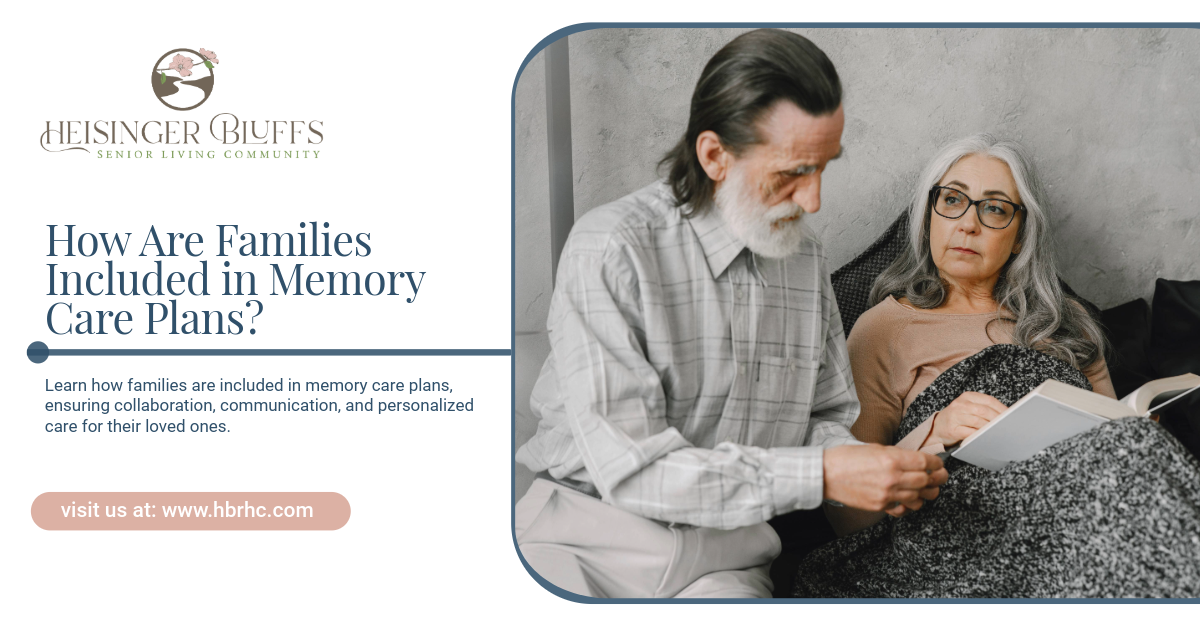From Active Retirement to Assisted Living: Preparing for Changing Needs

Preparing for Change: Active Retirement to Assisted Living
Retirement is an exciting time filled with opportunities for travel, hobbies, and social activities. Many seniors enjoy an active and independent lifestyle during this phase. However, as time passes, health and mobility changes may require additional support. Transitioning from active retirement toassisted living is a natural progression, but it’s important to plan ahead to ensure a smooth and stress-free shift.
Understanding when and how to transition can help seniors and their families make informed decisions that prioritize comfort, safety, and quality of life. In this blog, we’ll explore the key considerations for planning this transition, recognizing the signs that additional support may be needed, and how assisted living can provide a fulfilling and enriching lifestyle.
Understanding the Phases of Aging
Aging is a journey that unfolds in stages. While everyone experiences it differently, there are common phases that seniors go through:
1. Active Retirement
- Independent lifestyle with minimal health concerns
- Enjoyment of social activities, travel, and hobbies
- Ability to manage daily tasks like cooking, cleaning, and driving
2. Assisted Living Readiness
- Mild mobility issues or health concerns
- Increased difficulty with home maintenance
- Desire for social engagement but reduced ability to travel independently
3. Assisted Living Transition
- Need for help with daily activities like dressing, bathing, or medication management
- Increased risk of falls orchronic health conditions
- Preference for a structured and supportive environ
Understanding these phases can help seniors and their families prepare for the future without stress or urgency.
Recognizing When Support is Needed
It can be difficult to acknowledge when additional assistance is necessary. However, recognizing the signs early can help seniors transition smoothly to an assisted living environment.
1. Difficulty with Daily Tasks
- Struggling to keep up with household chores
- Difficulty managing medications correctly
- Fatigue or stress from grocery shopping and meal preparation
2. Increased Health Concerns
- Frequent hospital visits or falls
- Chronic conditions that require close monitoring
- Declining mobility that limits independence
3. Social Withdrawal
- Reduced interest in socializing or attending events
- Feelings of loneliness or isolation
- Increased reliance on family members for companionship and transportation
If any of these signs are present, it may be time to consider assisted living as a supportive and enriching option.
Planning for a Smooth Transition
A well-planned transition makes the move to assisted living easier and more comfortable. Here are some steps to prepare:
1. Start the Conversation Early
- Discuss future needs with family members and caregivers before challenges arise.
- Keep the conversation positive, focusing on enhanced quality of life rather than limitations.
2. Research Assisted Living Communities
- Visit different communities to compare services, amenities, and environments.
- Ask about personalized care plans, activity programs, and social engagement opportunities.
3. Downsizing with Purpose
- Begin decluttering by prioritizing sentimental and essential items.
- Consider moving into a smaller home or apartment before transitioning to assisted living.
4. Trial Stays and Respite Care
- Some communities offer short-term stays to help seniors experience assisted living before committing.
- This can ease anxiety and provide insight into daily life in a new environment.
The Benefits of Assisted Living
Transitioning to assisted living is not just about receiving care—it’s about maintaining an enriched and fulfilling lifestyle.
1. Personalized Care and Support
- Assistance with daily tasks like bathing, dressing, and medication management.
- 24/7 professional staff to ensure safety and well-being.
2. Social Engagement and Community
- Group activities, fitness classes, and hobby clubs to keep seniors active.
- Shared dining experiences that encourage connections and friendships.
3. Freedom from Home Maintenance
- No need to worry about household chores, repairs, or yard work.
- More time to focus on enjoying life and personal interests.
4. Nutritious Meals and Wellness Support
- Balanced meal plans designed for senior health anddietary needs.
- On-site wellness programs and access to medical support.
5. Peace of Mind for Families
- Families can rest easy knowing their loved ones are in a safe and nurturing environment.
- Regular updates and communication help keep families involved.
Overcoming Emotional Barriers
Adjusting to a new lifestyle can be emotionally challenging, but there are ways to ease the transition.
1. Addressing Common Fears
- Fear of Losing Independence: Assisted living provides freedom without the burden of daily challenges.
- Fear of Change: Familiar items, routines, and frequent family visits help create a sense of home.
2. Finding a Sense of Purpose
- Volunteering, mentoring, and participating in activities keep seniors engaged and motivated.
3. Encouraging Family Involvement
- Families are encouraged to visit regularly and participate in events and celebrations.
Making the Transition Step by Step
Instead of viewing assisted living as a single big change, breaking it down into steps can make the process easier:
- Start by Touring Communities: Get a feel for different living options.
- Try Short-Term Stays: Experience the lifestyle before making a full move.
- Move in Gradually: Some seniors transition by spending part of the week at the community before fully relocating.
This approach helps reduce anxiety and makes the transition more comfortable.
Conclusion
The journey from active retirement to assisted living is a natural part of aging. Planning ahead, recognizing when support is needed, and understanding the benefits of assisted living can help seniors and their families make informed decisions.
AtHeisinger Bluffs, we understand the importance of providing a smooth and supportive transition. Our community offers personalized care, engaging activities, and a welcoming environment that allows residents to enjoy life to the fullest.Contact us today to learn more about how we can support you or your loved one in this next stage of life.
Frequently Asked Questions
How do I know if it’s time to move from independent living to assisted living?
If daily tasks become challenging, health concerns increase, or social isolation affects well-being, it may be time to consider assisted living. Evaluating personal needs with a doctor or family can help guide the decision.
Can I still maintain my independence in an assisted living community?
Yes! Assisted living is designed to provide support while allowing residents to remain as independent as possible. Help is available when needed, but seniors continue to make their own choices and enjoy a fulfilling lifestyle.
How can I make the transition to assisted living easier?
Start planning early, tour communities, and consider short-term stays before making a full move. Keeping familiar items, participating in activities, and staying connected with family can also ease the transition.
Sources:
- https://www.usaging.org/socialengagement
- https://www.ncoa.org/article/the-top-10-most-common-chronic-conditions-in-older-adults/
- https://www.myplate.gov/life-stages/older-adults











